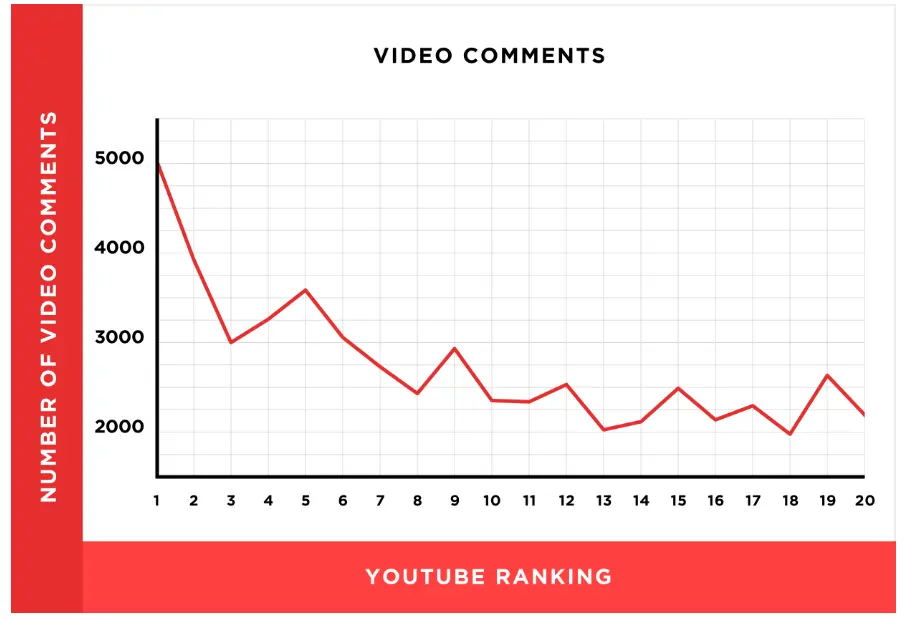
The Complete Guide to Video SEO: Optimizing Your Content for Maximum Visibility – HostNamaste.com
Introduction to Video SEO
Today, in the online world, video content reigns supreme in the realm of online marketing strategies. With the advent of platforms like YouTube, Vimeo, and various social media channels, businesses and content creators harness videos’ power to captivate and engage their target audiences. However, crafting attention-grabbing videos is just the starting point. To truly make a mark and expand one’s reach, it’s imperative to delve into the intricacies of Video SEO (Search Engine Optimization). By understanding and implementing the principles of Video SEO, organizations can enhance their online visibility, attract more viewers, and ultimately drive more significant success in their marketing endeavors.
Importance of Video SEO
Video SEO, short for Video Search Engine Optimization, refers to fine-tuning video content to attain higher rankings on search engine results pages (SERPs). You can improve your website’s authority and visibility by employing strategic video SEO techniques. This boosts brand exposure and directs more traffic toward your website or social media profiles.
When you optimize your videos for search engines, you’re essentially making them more accessible and appealing to your target audience. This involves various tactics, such as using relevant keywords, creating engaging titles and descriptions, optimizing video metadata, and fostering backlinks from reputable sources. Additionally, incorporating closed captions, transcriptions, and thumbnails can enhance your video’s visibility and accessibility. To kick things off and grab viewers’ attention right away, consider using a free intro maker. These tools can help you create a professional-looking intro without draining your resources
Effective Video SEO improves your chances of being discovered by potential viewers and strengthens your online presence and marketing efforts. By investing time and resources into Video SEO, you’re positioning your brand for tremendous success in the competitive digital landscape. So, the video creation becomes more beneficial.
Understanding Search Engine Algorithms
1) How Search Engines Rank Videos
Search engines employ intricate algorithms to assess the relevance and quality of video content. Various factors influence how videos are ranked in search results, including the relevance of keywords, metrics indicating user engagement, and the information provided in video metadata.
Regarding ranking videos, search engines analyze numerous aspects to determine their suitability for users’ queries. They consider how well the video aligns with the search terms users enter and how engaging the content is to viewers. Metrics like the number of views, likes, shares, comments, and the time users watch the video contribute to its ranking.
Additionally, search engines consider the completeness and accuracy of the video’s metadata, including titles, descriptions, tags, and captions. This information helps search engines understand the context and subject matter of the video, making it easier to match with relevant search queries.
Overall, understanding how search engines rank videos can inform your Video SEO strategy, enabling you to optimize your content effectively and improve its visibility in search results. By focusing on factors like keyword relevance, user engagement, and metadata optimization, you can enhance your videos’ chances of ranking higher and reaching a wider audience.
2) Factors Affecting Video Rankings
Here are some factors affecting video rankings:
- Keyword Optimization: Optimizing video content with relevant keywords helps search engines understand the subject matter and context, improving the chances of the video appearing in relevant search results.
- Video Quality and Relevance: The quality and relevance of the video content play a significant role in its ranking. High-quality videos that address the needs and interests of the target audience are more likely to rank higher in search results.
- User Engagement Signals: Metrics such as watch time, likes, comments, and shares indicate user engagement with the video. Search engines perceive Videos that generate high engagement levels as valuable and are more likely to rank well and achieve higher conversion rates.
- Backlinks and Social Signals: Backlinks from authoritative websites and social signals (such as shares and mentions on social media) contribute to the credibility and authority of the video content, potentially boosting its ranking in search results.
Keyword Research for Video Content
Keyword research serves as the cornerstone of Video SEO. To make your videos easier to find online, you need to pick the right words and phrases. These are the ones people are typing into search engines. Some are short and general (short-tail keywords), while others are longer and more specific (long-tail keywords). Using a mix of both helps you reach different kinds of viewers looking for stuff like yours.
Effective keyword research lets you understand your target audience’s language and terms when searching for videos online. This insight lets you optimize your video titles, descriptions, and tags accordingly, ensuring your content aligns closely with users’ search queries.
If you spend time digging into keywords, it can really pay off. Your videos might end up higher in search results, which means more people see them and interact with them.
Making Video Titles and Descriptions Better for Keywords
The title and description of your video are super important for using keywords well. It’s essential to create captivating titles that accurately depict the content while enticing viewers to click and watch. Similarly, writing detailed descriptions provides context and naturally incorporates relevant keywords.
Your video title is the first point of contact with potential viewers, making it engaging and informative. Include primary keywords that reflect the main topic of the video, ensuring that it align with what users are searching for.
In the video description, expand upon the content of the video while seamlessly incorporating relevant keywords. Remember to prioritize clarity and readability, avoiding keyword stuffing or unnatural language that could deter viewers.
Creating Compelling Video Thumbnails
A visually striking thumbnail can greatly influence click-through rates. Select captivating images that accurately portray the essence of your video content. Steer clear of clickbait thumbnails that mislead viewers, as this can undermine your credibility.
Your video thumbnail previews what viewers can expect, so choosing an image that captures their attention and entices them to click is essential. Look for visually appealing photos relevant to the video’s topic and evoke curiosity or interest.
Avoid overly sensational or unrelated images to attract clicks, leading to disappointment and frustration among viewers.
Enhancing User Engagement Signals
Now, let’s discuss some points of improved user engagement. What should you pay attention to?
1) Increasing Watch Time
Watch time is a vital measure search engines use to assess video content’s quality and relevance. Keep viewers hooked throughout your videos by crafting captivating and informative content.
User engagement signals like likes, comments, and shares reflect audience interaction and content satisfaction. Backlinko did a significant study on many YouTube videos, like 1.3 million, to see how SEO works. They figured out that comments on videos matter if you want your video to show up higher in YouTube search results.

Prompt viewers to interact with your content by initiating discussions, asking questions, and fostering a sense of community.
Technical Optimization for Videos
Finally, an essential part of video SEO is the technical part. The critical parts are video format, size, mobile optimization, and schema markup. Let’s understand what those are.
1) Video Format and Size
Select video formats and resolutions that work well across various devices and platforms. Optimize file sizes to ensure quick loading and smooth playback, especially on mobile devices with slower internet connections.
2) Schema Markup for Video Content
Use schema markup to give search engines more info about your videos, like the title, description, how long they are, and where to find the thumbnail. This helps search engines better comprehend and categorize your video content.
3) Mobile Optimization for Video SEO
Since lots of people watch videos on their phones, it’s super important to make sure your videos look good and work well on mobile devices. Ensure responsive design, speedy loading times, and mobile-friendly playback to deliver a seamless viewing experience across all devices.
Conclusion
In summary, Video SEO is a potent asset for amplifying your video content’s visibility and audience reach. By grasping search engine algorithms, conducting meticulous keyword research, refining video metadata, and promoting your videos across various platforms, you enhance your prospects for success in the dynamic realm of online video.





I must thank you for the efforts you have put in penning this site.
I’m hoping to see the same high-grade content by you later on as well. In truth, your creative writing abilities has motivated me to get my very own site now ;)